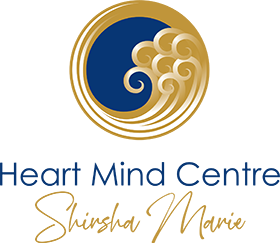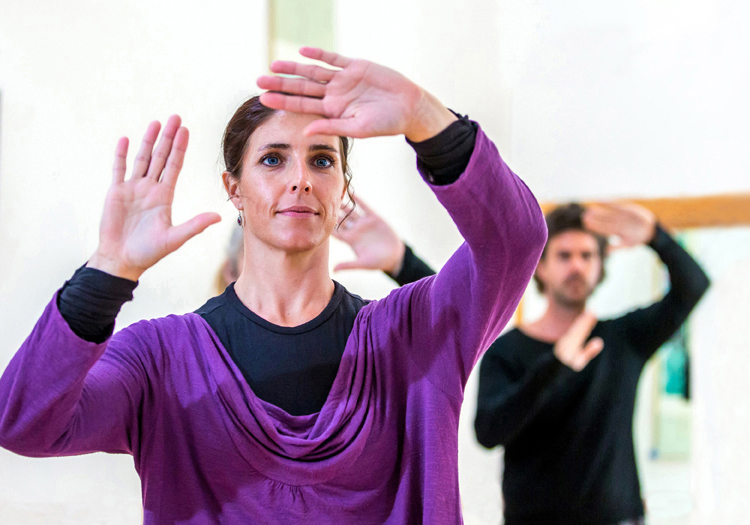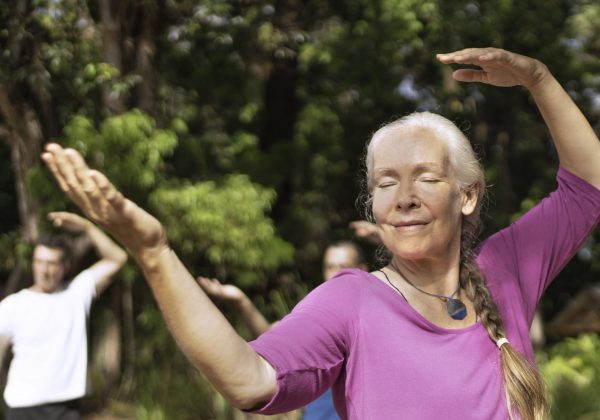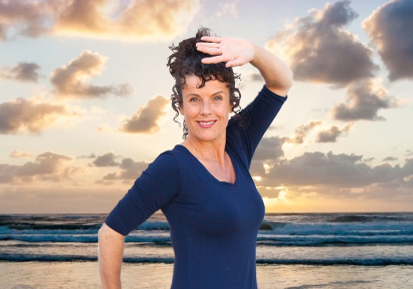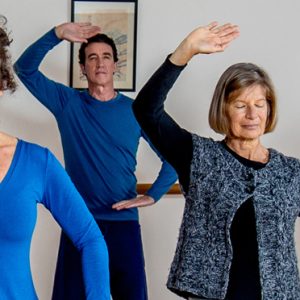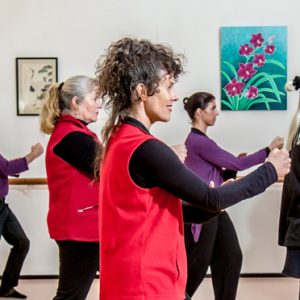Tai Chi
soft-style martial art
stillness in action
through alignment, relaxation and meditation
Tai Chi is an ancient art of awareness in movement based on principles of relaxation and yielding both in application and in daily life. Its gentle, circular movements express the underlying forms of energy and motion inherent in life, and inspire a conscious, balanced way of living.
Tai Chi is in essence an active form of meditation. Softly flowing forms integrate body, mind and energy to develop internal strength, relaxed power and stillness at the centre of activity. Tai Chi offers a compelling path of mind-body awareness which enriches our being on every level.
I welcome you to come and learn the Yang Style of Tai Chi with me, in the traditional lineage of Yang Chen-Fu, Cheng Man-Ch’ing, and Huang Sheng-Shyan, as systemized by Patrick Kelly. Tai Chi deepens body-mind awareness and promotes living life with embodied presence.
Tai Chi
Be Still as a Mountain, Move Like a Great River
The Tai Chi Classics (12th – 14th century)
Tai Chi is a time-honoured path of embodied awareness and energy cultivation. Philosophically, this ancient art developed from Taoism. The words ‘Tai Chi’ translate as ‘The Supreme Ultimate’ and refers to the origin of all things – that from which all else has developed.
Tao is the primal force that creates all phenomena in the universe, and this cosmic force is polarised into Yin and Yang, negative and positive energies which represent the process of continual change, always moving toward balance. Practice of the Tai Chi forms enables us to embrace the flow between these energy polarities.
Tai Chi movements are fluid like water. They represent the dynamic flow of life and the inter-relationship of yin and yang energies. The moves are performed in a smooth, continuous and circular motion and, like flowing water, on reaching one extreme they return without stopping. This blending principle is employed to maintain a state of balance and to harmonise with the ever-changing forces of life.
Tai Chi is a path of conscious movement through centering and deepening the mind. Its moves are performed with a balance of inner and outer focus which deepens awareness and promotes conscious intention. This cultivates self-knowledge and our ability to listen within and act from a deeper level.
Application of the forms refines our relational wisdom. We learn good timing and appropriate use of force, when to advance and when to retreat, when to assert and when to yield – the play of giving and receiving. At yet a deeper level, Tai Chi promotes a sense of inner spaciousness with stillness in the centre of action and the seeds of momentum latent in rest. The ultimate aim of Taiji practice is to realise the self in this expanded context, to cultivate peace of mind and to harmonise with life and all existence.
As a practice for health and longevity, Tai Chi is an advanced system of energy cultivation which develops physical, mental, emotional and spiritual well-being. Its gentle circular moves are coordinated with mind, body and breath to cultivate internal strength and the genesis of movement from the body’s vital centre. Practice improves postural alignment, flexibility and balance. It strengthens the joints, bones and nervous system, and improves respiration, digestion, metabolism and circulation of energy throughout the whole body.
Tai Chi Lineage
It is said that Tai Chi was created by Chang San-Feng around 1100 AD, however its history is far longer than this. This school teaches the Yang Form, formalised by Yang Chen-Fu (1883 – 1936). The 37-step Short Form that is initially taught was designed by one of Yang Chen-Fu’s most outstanding disciples, Cheng Man-Ch’ing (1898 – 1975).
Cheng Man-Ch’ing did much to promote Tai Chi in the West. For many years he taught in Taiwan, however in the early 1960’s he established a large following in the United States, where he taught Tai Chi as a philosophical approach to life as well as an internal martial art.
One of Ch’ing’s most accomplished students was Huang Sheng-Shyan (1910 – 1992) who was a master of Taoist medical, martial and spiritual arts and a disciple of the Taoist Sage and White Crane Master Xie Zhong-Xian (1852 – 1930). In his 30’s Master Huang spent a decade training under the daily supervision of Cheng. He migrated to Malaysia in the late 1950’s and taught thousands of students in South East Asia, New Zealand and Australia.
Master Huang created five loosening exercises as a complete warmup to the Tai Cii Forms. These graceful and refined exercises contain the basic elements of Tai Chi and help students to deepen their understanding of its principles. Also included are two fast forms called ‘The White Crane’ and ‘The Quick Fist’.
Patrick Kelly was born in New Zealand in 1950. He was Master Huang’s closest Western student, training intensively with him from 1975 until Master Huang’s death in 1992. Patrick has formulated Master Huang’s teachings into a comprehensive system which conveys his extensive knowledge of the internal aspects of Tai Chi. It is thanks to Patrick’s expertise that we are able to gain access to these extraordinary methods for cultivating body-mind intelligence.
I respectfully share this ancient energy art with dedication and deep gratitude to all the masters, past and present, who have created the empowering tradition of Tai Chi.
